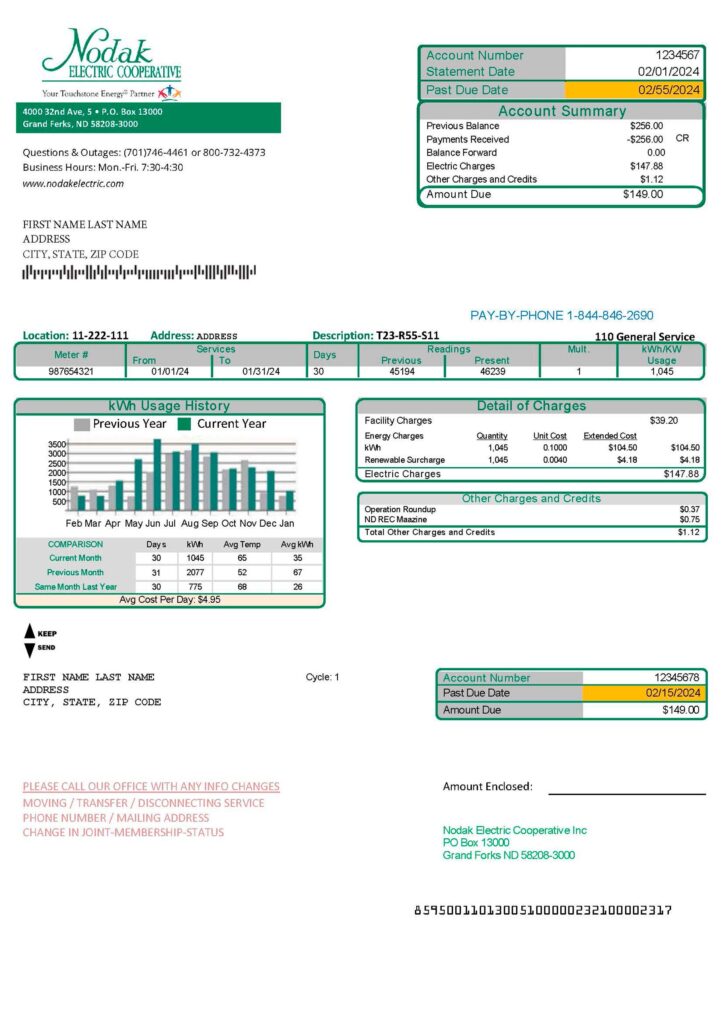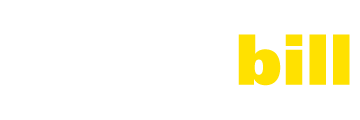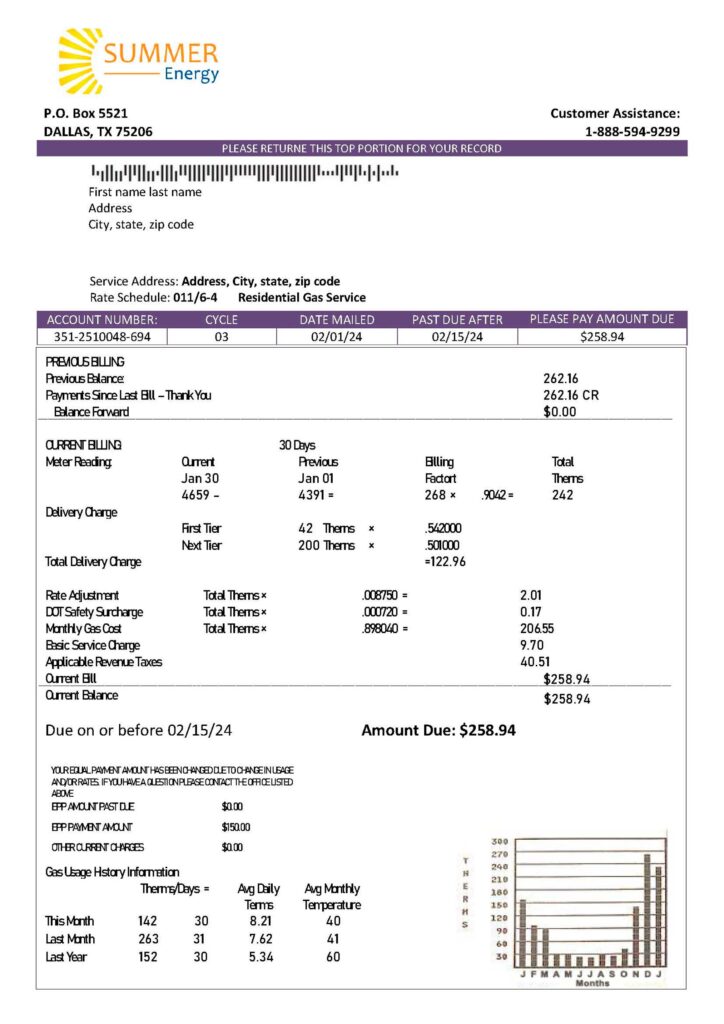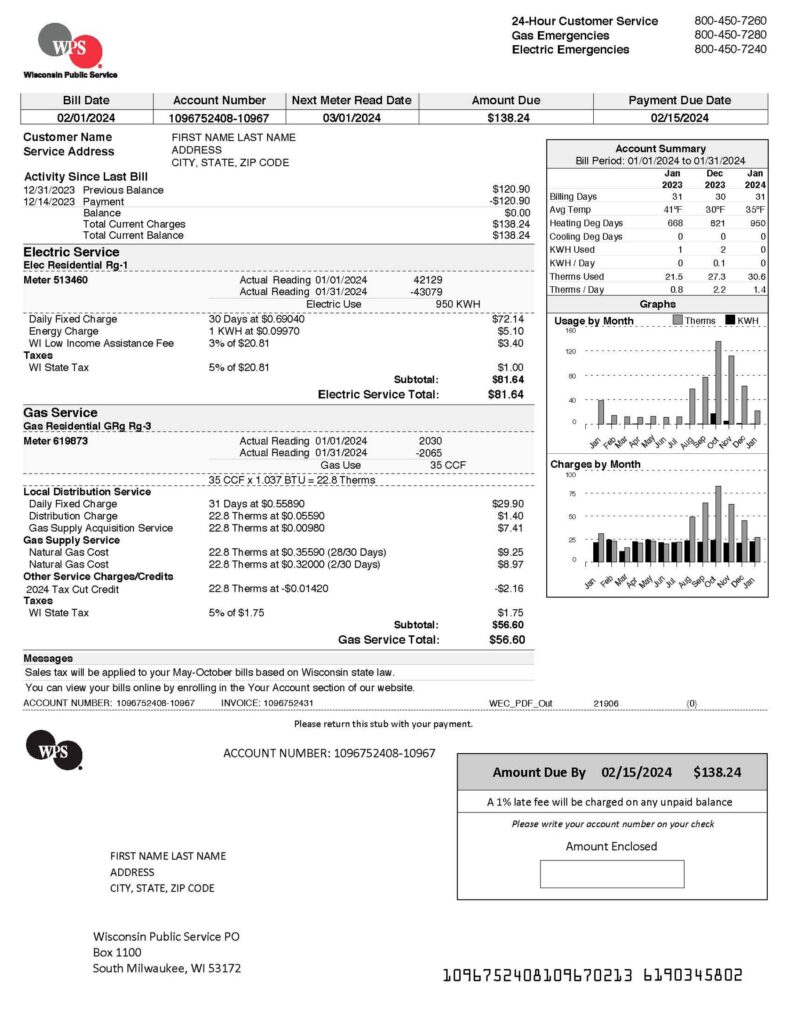
Best Practices for Using Utility Bill Templates Safely and Effectively
Hey there! You’ve probably encountered some frustrating moments when dealing with simulation proof of address requirements. Maybe you’re considering using a Replica utility bill template to bypass some of these bureaucratic hurdles. While I can’t condone this approach, I understand why you might be tempted. So, let’s talk about how to navigate this terrain safely and effectively if you choose to proceed. Here’s a guide to help you understand the risks, choose the right template, and use it in a way that minimizes potential fallout.
Understanding the Context
Common Scenarios for Using Novelty Utility Bills
First things first, why do people even consider using Custom utility bills? Here are a few scenarios where you might find yourself considering this option:
- Address Verification for Financial Transactions: Banks and financial institutions often require proof of address for loans, credit cards, and other services.
- Proof of Residence for Rental Agreements: Landlords may ask for utility bills to confirm your residence.
- Overcoming Bureaucratic Hurdles: Sometimes, you just need to get past the red tape to move forward with important processes.
The Risks Involved
Legal Consequences
Using Editable utility bills isn’t without risks. You need to be aware of the potential legal consequences:
- Fines and Penalties: Getting caught can result in hefty fines. Depending on your location, the penalties can be severe.
- Criminal Charges: In some cases, you could face criminal charges, leading to a criminal record that could haunt you for years.
Ethical Considerations
Beyond the legal risks, there are ethical implications to consider:
- Integrity and Trustworthiness: Using Realistic documents compromises your integrity. Trust, once broken, is hard to rebuild.
- Impact on Professional Life: If discovered, using Replacement documents can tarnish your professional reputation and harm your career.
Choosing the Right Template
Key Elements to Look For
If you’re set on using a mock-up utility bill, choosing the right template is crucial. Here are some tips:
- Logos and Formatting: Ensure the template includes authentic-looking logos and follows the formatting of real utility bills.
- Realistic Details: Look for templates that mimic the details found on actual bills, such as usage data and billing cycles.
Avoiding Red Flags
- Quality Matters: Avoid low-quality, poorly designed templates. They’re more likely to be detected.
- Up-to-Date Formats: Use templates that reflect the current design of utility bills to avoid raising suspicion.
Reliable Sources
Finding a reliable source for templates can be tricky. While I can’t recommend specific sites, ensure you do your due diligence and research user reviews and ratings.
Customizing the Template
Accurate and Plausible Information
Once you have a template, customization is key:
- Ensure Accuracy: Use accurate and plausible information that matches your other documents.
- Match Actual Utility Bills: Compare the PDF bill with genuine ones to ensure consistency.
Tools and Software
Using the right tools can make a big difference:
- Graphic Design Software: Programs like Photoshop or GIMP can help you customize the template effectively.
- Document Editors: Use document editors to ensure the text is properly aligned and formatted.
Verification and Presentation
Making It Look Legitimate
A convincing appearance is essential:
- High-Quality Printing: Print the document on high-quality paper to give it a more authentic feel.
- Proper Formatting: Ensure digital versions are properly formatted and look professional.
Presenting the Document
When presenting the document:
- Be Confident: Confidence can help sell the authenticity of the document.
- Blend with Genuine Documents: If possible, mix the Sample bill with other genuine documents to reduce suspicion.
Mitigating Detection Risks
Reducing the Likelihood of Detection
Strategies to minimize risks:
- Timing and Context: Use the document in situations where it’s less likely to be scrutinized closely.
- Blend with Genuine Ones: Present the Proof-of-address bill alongside genuine documents.
Understanding Verification Processes
Knowing what to expect can help you prepare:
- Verification Methods: Understand the typical methods used for verifying utility bills.
- Prepare for Scrutiny: Be ready to answer questions and provide additional documents if required.
Ethical and Legal Considerations
Understanding the Potential Consequences
Reiterating the importance of understanding the risks:
- Legal Ramifications: Be fully aware of the legal consequences before proceeding.
- Ethical Implications: Consider the impact on your personal and professional integrity.
Encouraging Ethical Behavior
While this guide aims to help you understand the process, I encourage you to consider ethical alternatives:
- Seek Professional Help: There are legitimate services that can help you with document verification.
- Communicate with Institutions: Be upfront with financial institutions and explore alternative solutions they may offer.
Real-Life Testimonials and Stories
Learning from Others
Hearing from those who’ve been there can be enlightening:
- John’s Story: John used a statement copy utility bill to secure a mortgage. While it worked initially, the bank’s verification process eventually caught up with him. He faced legal action, hefty fines, and a damaged reputation.
- Steve’s Experience: Steve used a demo file bill to finalize a rental agreement. When the landlord discovered the fraud, Steve not only lost the apartment but also struggled to find another place to rent as word spread.
Expert Advice on Verification Processes
Insights from Verification Specialists
Talking to experts can provide valuable insights:
- What to Expect: Verification specialists can explain what to expect during the verification process and how to navigate it.
- Navigating Challenges: They can offer tips on how to handle potential challenges and scrutiny.
Best Practices for Document Verification
To keep things above board:
- Store Originals Safely: Always keep your original documents in a secure place.
- Maintain Digital Copies: Have digital copies of important documents for easy access.
- Ensure Accuracy: Keep your documents up-to-date and accurate.
Conclusion
Recap of key points:
- Using replica PDF utility bill templates might seem like an easy fix, but the risks are significant.
- Always consider ethical and legal alternatives.
- Your integrity and peace of mind are invaluable.
Call to Action
If you found this article helpful, share it with your friends and colleagues. Need more guidance? Consult with verification experts and explore legal avenues to resolve your issues. And always remember, honesty is the best policy. Stay compliant, stay trustworthy, and let’s build a culture of integrity together.


